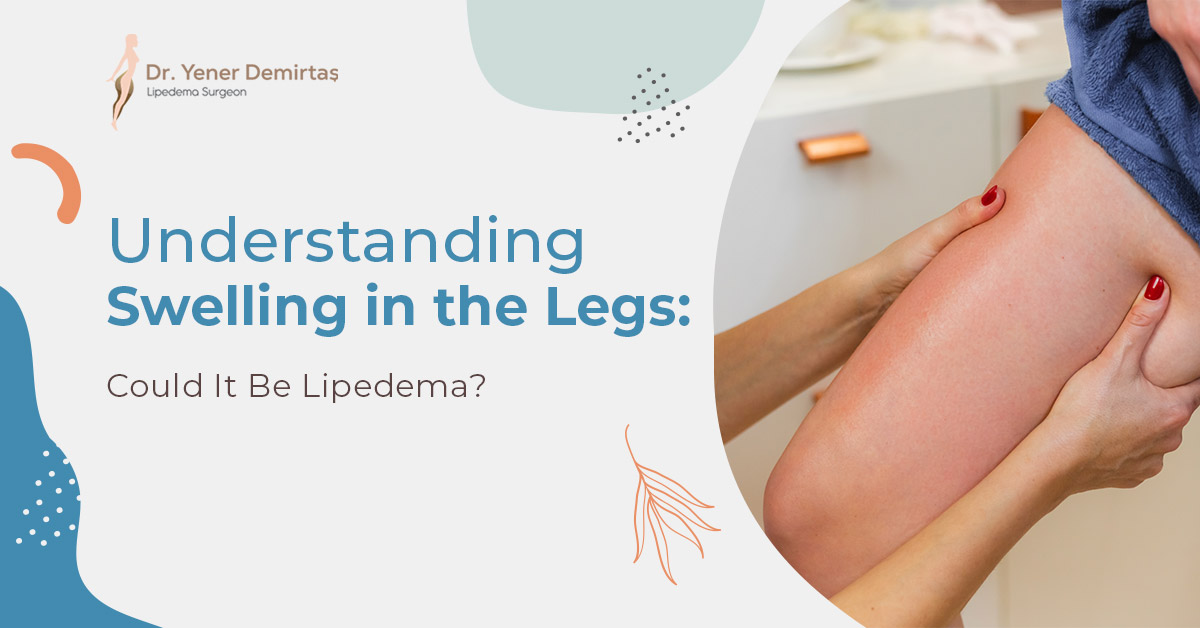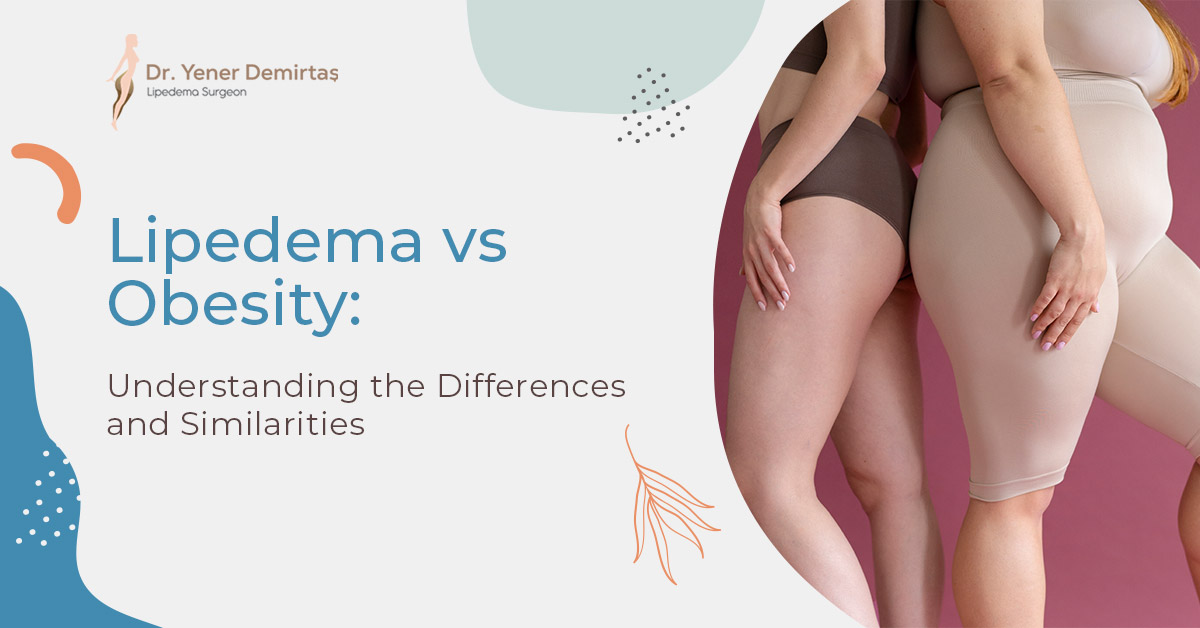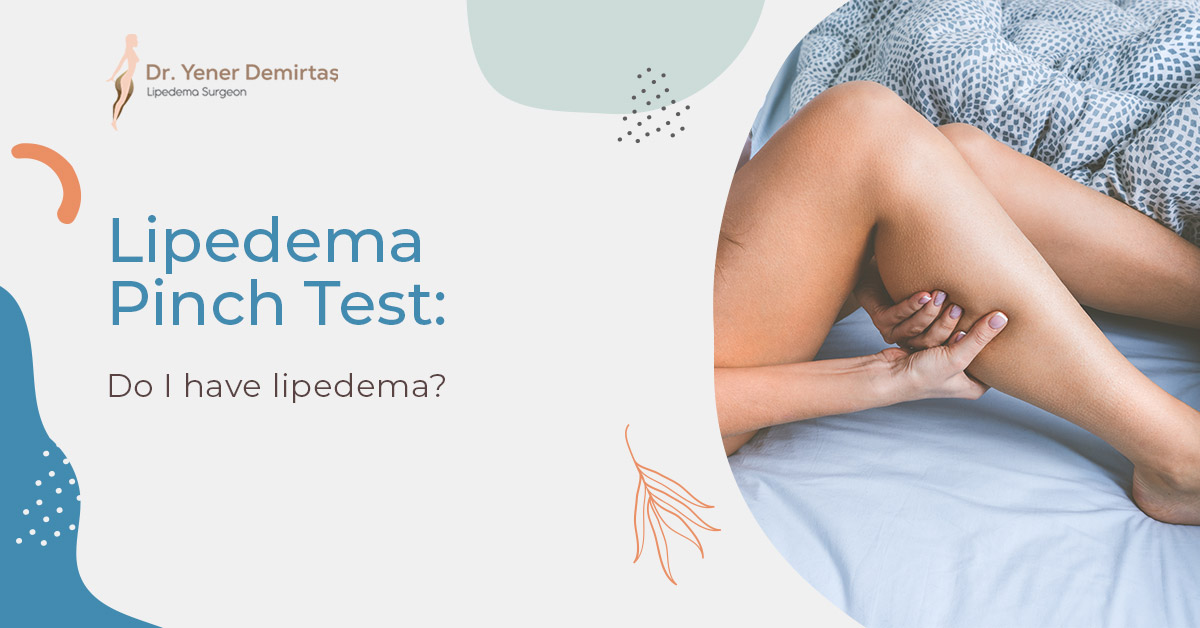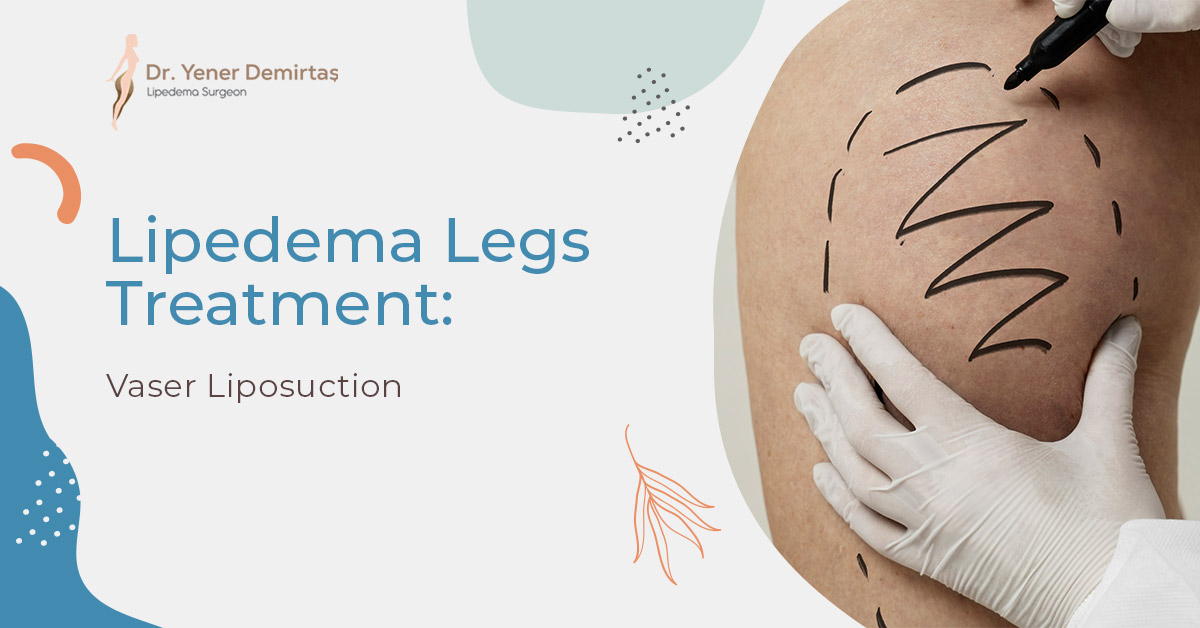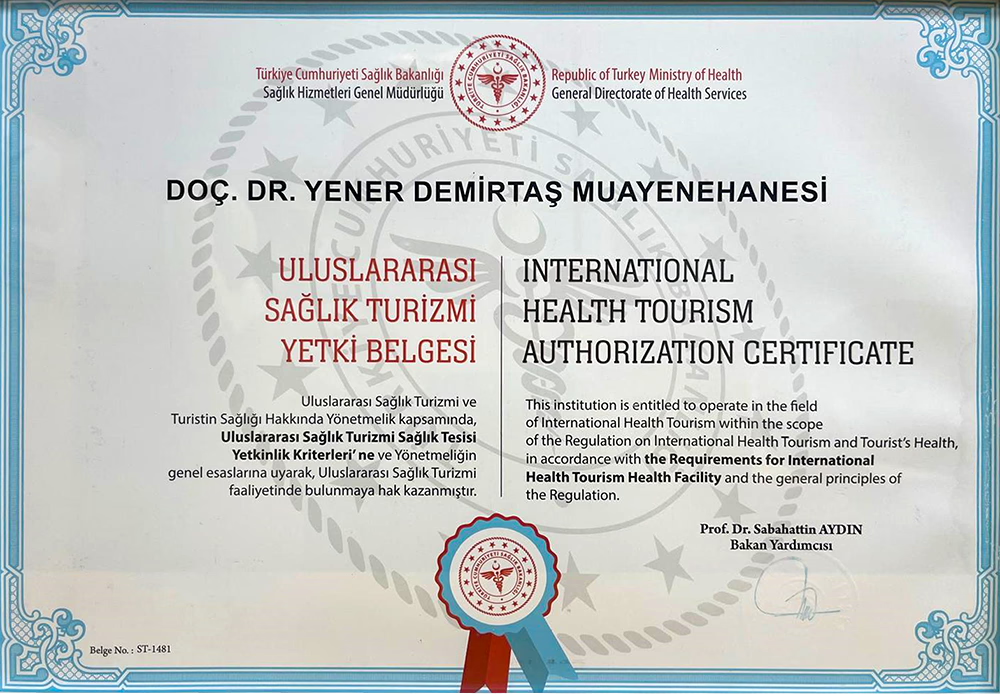Dealing with Lipedema in the Legs: Causes, Symptoms, and Management Strategies
Lipedema is a chronic condition characterized by the abnormal distribution of fat, primarily affecting the legs and sometimes the arms. In this article, we will explore the causes of lipedema in the legs, common symptoms, and effective management strategies to help improve quality of life.
Causes of Lipedema in the Legs
The exact cause of lipedema is still unknown, but researchers believe that genetic and hormonal factors play a significant role. Some possible triggers include:
- Puberty: Hormonal changes during adolescence may contribute to the onset of lipedema.
- Pregnancy: Lipedema can develop or worsen during pregnancy due to hormonal fluctuations.
- Menopause: The hormonal shifts experienced during menopause may exacerbate lipedema symptoms.
Common Symptoms of Lipedema Affecting the Legs
Individuals with lipedema in their legs may experience various symptoms, including:
- Pain and tenderness: The affected legs may feel sore and sensitive to touch.
- Swelling and disproportionate fat distribution: Fat accumulates disproportionately in the legs, leading to swelling and an irregular appearance.
- Skin changes and easy bruising: The skin on the legs may develop a bumpy texture, and bruising may occur with minimal impact.
- Mobility issues: As lipedema progresses, mobility can be compromised due to pain and swelling in the legs.
Stages of Lipedema and Leg-specific Progression
Lipedema progresses through three stages, with leg-specific symptoms becoming more pronounced:
- Stage 1: The skin on the legs appears smooth, and fat distribution is relatively even.
- Stage 2: The skin in the affected legs develops a bumpy texture, with pain and swelling worsening.
- Stage 3: Large fat deposits form, causing significant deformity and mobility issues in the legs.
Diagnosing Lipedema with Leg Involvement
To diagnose lipedema affecting the legs, healthcare professionals may use:
- Physical examination: Assessing the legs for signs of lipedema, such as fat distribution and skin texture.
- Imaging studies: Techniques like ultrasound, MRI, or CT scans help visualize the underlying fat tissue in the legs.
- Differentiation: Comparing lipedema symptoms with other conditions affecting the legs, such as lymphedema or obesity.
Treatment Options for Lipedema Affecting the Legs
Several treatments can help manage lipedema symptoms in the legs:
- Compression therapy: Wearing compression garments can help control swelling and provide support to the legs.
- Manual lymphatic drainage: This specialized massage technique encourages lymphatic flow in the legs, reducing swelling and discomfort.
- Vaser Liposuction: Vaser liposuction is the gold method that has proven itself in the surgical treatment of lipoedema.
- Exercise and weight management: Low-impact exercises and maintaining a healthy weight can improve circulation and reduce lipedema symptoms in the legs.
Coping Strategies and Lifestyle Changes for Lipedema in the Legs
Adopting healthy habits and coping strategies can help manage lipedema symptoms in the legs:
- Self-care and prevention: Regularly monitor your legs for changes and address symptoms early.
- Diet and exercise: Focus on a balanced diet and engage in low-impact exercises like swimming, walking, or yoga to promote leg health.
- Emotional support: Connect with others dealing with lipedema in the legs through support groups or online forums to share experiences and gain insights.
By understanding the causes and symptoms of lipedema in the legs, and implementing effective management strategies, individuals affected by this condition can improve their quality of life and maintain better overall health.


